A spat between the People’s Republic of China and the Philippines regarding Huangyan Island, or Scarborough Shoal, in the South China Sea has forced the issue of who now controls the armed forces in China to the fore. While ships from both countries have faced off near the island for three weeks, senior naval officials from China have been pledging allegiance to the Chinese Communist Party central’s command.
On April 10, a Filipino war ship attempted to arrest Chinese fishermen near the Huangyan Island, inside the Philippines’ 200-nautical-mile Exclusive Economic Zone (EEZ). The attempt was blocked by Chinese surveillance ships. Philippine officials have discussed with legal experts in the United States avenues for bringing the dispute unilaterally to the International Tribune on the Law of the Sea (ITLOS). The People’s Republic of China has refused to accept the Philippines’ submission to ITLOS.
The competition between factions in the CCP leadership has expressed itself in the handling of the dispute with the Philippines.
Chinese Defense Minister Liang Guanglie, who is also a member of the Central Military Commission, appears to be taking a different tack—visiting two provinces that border the South Sea, Guangdong and Guangxi, to “research” national and coastal defense work.
In a speech during his April 6–16 visits, Liang Guanglie said, “Use the military with carefulness, gauge the situation when using the military, and use the military according to the law.” These, and other statements hinting at the use of military, may have caused the situation in the South China Sea to intensify.
Social commentator Wen Zhao told Sound of Hope Radio, that the South China Sea incident is being stirred up to redirect pressure from top security chief, Zhou Yongkang, and his allies—who came under fire last month after Bo Xilai was sacked.
“Hu [Jintao] and Wen [Jiabao] have to spend time dealing with international pressure, and are unable to concentrate on dealing with Zhou Yongkang and Bo Xilai,” said Wen Zhao.
Liang Guanglie has a close relationship with Bo Xilai. Both attended a Nov. 10, 2011, military exercise by the Chengdu military region that was seen as a display of power while Hu Jintao was out of the country at APEC meetings.
However, since April 10 and Bo Xilai’s public sacking, various large military districts in China and key military figures have expressed allegiance to Hu Jintao, rather than Zhou Yongkang.
Navy rear admiral, 171 fleet commander, and deputy chief of staff of the South China Sea Fleet, Li Shaohong said: “Our navy, what kind of actions our forces will take, I have already stressed before, we will follow orders from the Party Central Committee and Central Military Commission,” according to Shanghai’s Dragon TV report.
Washington Chinese affairs expert Shi Zangshan told The Epoch Times that Zhou Yongkang, a current member of the nine-member Politburo Standing Committee, has been politically weakened. “Now the main question is under what kind of charges will he be dealt with.”
Click www.ept.ms/ccp-crisis to read about the most recent developments in the ongoing power struggle within the Chinese communist regime. In this special topic, we provide readers with the necessary context to understand the situation. Get the RSS feed. Get the Timeline of Events. Who are the Major Players?
Military Training
The United States and the Philippines conducted annual joint military exercises in April, including an exercise near the disputed areas of the South China Sea.
Secretary of State Hillary Clinton stressed on Monday at the start of a meeting with her Philippine counterparts, “We do not take sides on the competing sovereignty claims to land features in the South China Sea.”
Chinese state-run media have reported that the U.S-Philippines joint military exercises are to contain China.
However, Chinese Fleet Cmdr. Li Shaohong said the joint exercise between the United States and Philippines is a normal military exchange activity and he does not think the exercise is targeting any particular country.
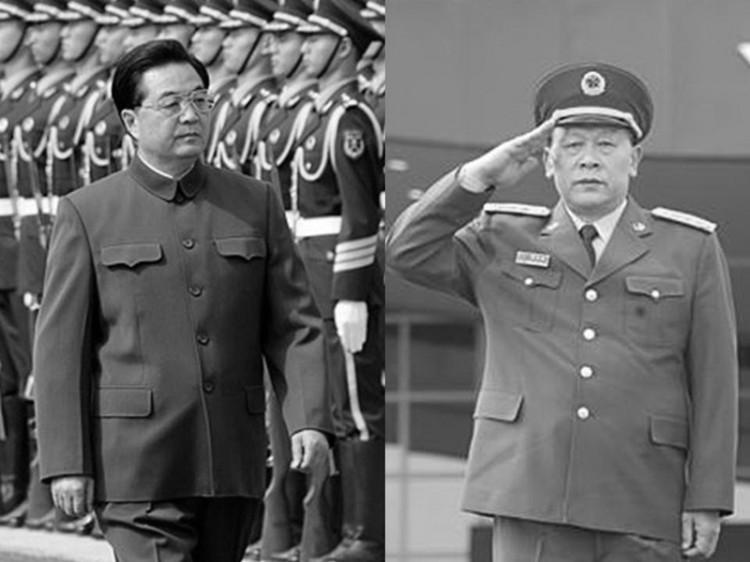
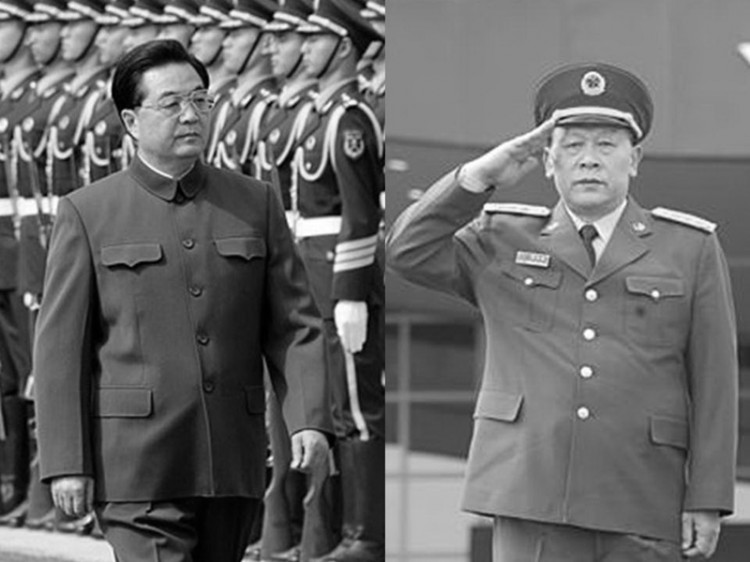
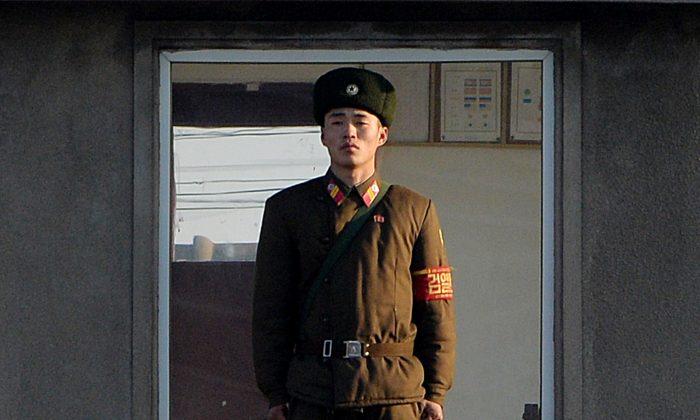
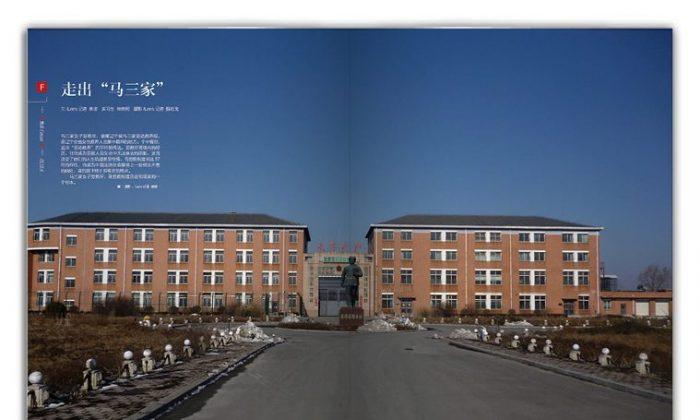
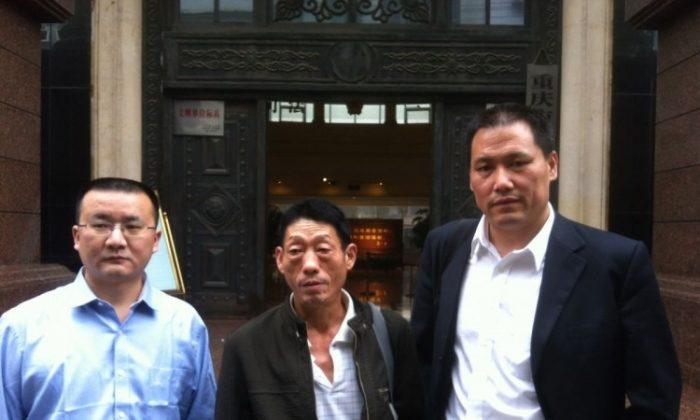
![TV President Gets Call From Chinese Spy [Video]](/_next/image?url=https%3A%2F%2Fimg.theepochtimes.com%2Fassets%2Fthemes%2Feet%2Fimages%2FEET_default_700x420.jpg&w=1200&q=75)